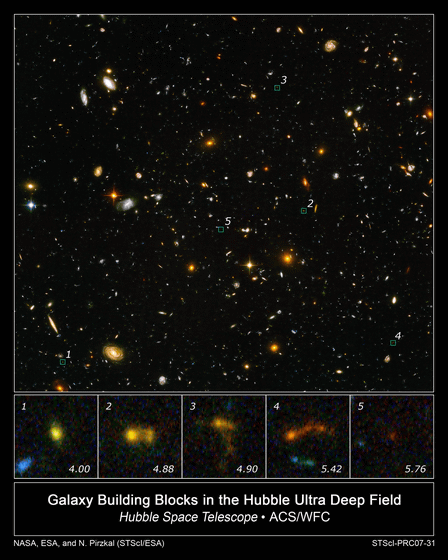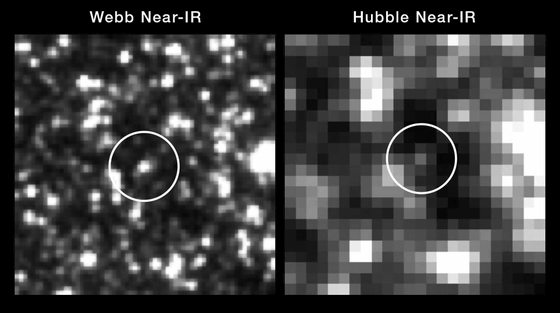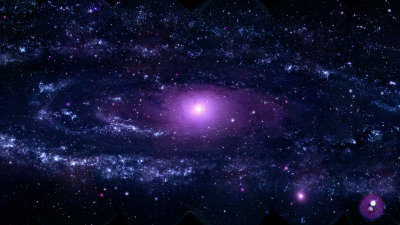The James Webb Space Telescope shows that the ``expansion rate of the universe'' observed by the Hubble Space Telescope was correct.

The Hubble constant, which indicates the expansion rate of the universe, is important data for investigating the history and future of the universe, and is determined from observations by
ESA - Webb & Hubble confirm Universe's expansion rate
https://www.esa.int/Science_Exploration/Space_Science/Webb/Webb_Hubble_confirm_Universe_s_expansion_rate
The universe has been expanding ever since it was created by the Big Bang about 13.8 billion years ago. As the universe expands, galaxies that are far away are moving away from us no matter which direction we look from the Milky Way Galaxy, where Earth is located.
The fact that the universe is expanding and galaxies are moving away from us can be seen from a phenomenon called ' redshift .' When we observe a distant celestial body, it means that the light emitted from that celestial body reaches the earth. However, as the universe continues to expand over the hundreds of millions of years it takes for this light to reach the Earth from the celestial bodies, the wavelength of the light becomes longer, and in terms of visible light, it becomes redder.

One of the missions assigned to the Hubble Space Telescope, which was launched in 1990, was to measure the exact value of this Hubble constant. The Hubble Space Telescope's measurements of Cepheid variable stars have revealed that the universe is approximately 13.8 billion years old.

The Hubble Space Telescope measurements are said to have an accuracy of less than 1%, but the Hubble constant derived from the Hubble Space Telescope data is based on
Additionally, some astronomers believe that as Cepheid variables move away from each other due to the expansion of the universe, the results of a measurement method called the `` cosmic distance ladder '' become erratic and inaccurate. The theory was that
However, with the James Webb Space Telescope starting operations in 2022, it is now possible to check the data that has been measured with the Hubble Space Telescope. The results showed that the measurements taken by the James Webb Space Telescope were consistent with those taken by the Hubble Space Telescope.

In other words, the reason why there is a difference between the expansion rate derived from space telescope measurements and the expansion rate derived from the cosmic microwave background radiation is not due to an error caused by an abnormality in the equipment, but is due to something else having an effect. That's why. However, it is not clear at the time of writing the article what factors influence this measurement result.
Adam Rees, a physicist at Johns Hopkins University who won the Nobel Prize in Physics in 2011 for his discovery of the accelerating expansion of the universe, said, ``Now that the measurement error of the Hubble Space Telescope has been ruled out, we can This leaves us with the real and exciting possibility that we have misunderstood the universe.'
Related Posts:
in Science, Posted by log1i_yk







